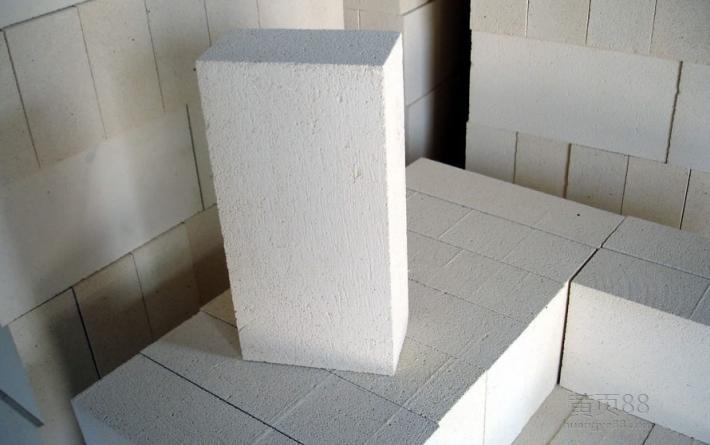Product Search
Quickly find the product you need
Products List
Refractory Knowledge
- Introduction of mullite refractory materi
- Mechanical properties of refractories
- Sunrise Refractory Will Be Exhibiting At
- How to choose refractories for furnace
- Mullite insulation brick factory direct s
- Introduction of fused zirconium alumina b
- Refractory raw materials processing proce
- Physical properties of refractory materia
- Do You Know the Production Process of Mul
- Detailed classification of clay brick spe
Products List
- Phone:0086-370-63838939
- Email:sales@sunriserefr.com
- Office Address: No.36 Fengchan Road Of Zhengzhou, Henan, China (Mainland)
Do you know the role of water reducer in lightweight mullite bricks?
Date:2020-02-04 11:47 | From:Zhengzhou Sunrise Refractory | Author:admin
Do you know the role of water reducer in lightweight mullite bricks?
The molding method of lightweight mullite bricks is wet plastic molding, with high moisture content in the mud, and the shrinkage of the green body during the drying process is large. Cracks and uneven shrinkage of the green body are easy to occur. The addition of water reducing agent effectively reduces the amount of water added and avoids the above problems.
 Generally, the alumina content of light mullite refractory bricks is between 65% and 75%. In addition to mullite, those with lower alumina also contain a small amount of glass phase and cristobalite; those with higher alumina also contain a small amount of corundum. High fire resistance, up to 1790 ℃. Load softening start temperature is 1600 ~ 1700 ℃. The compressive strength at room temperature is 70 ~ 260MPa. Good thermal shock resistance.
Generally, the alumina content of light mullite refractory bricks is between 65% and 75%. In addition to mullite, those with lower alumina also contain a small amount of glass phase and cristobalite; those with higher alumina also contain a small amount of corundum. High fire resistance, up to 1790 ℃. Load softening start temperature is 1600 ~ 1700 ℃. The compressive strength at room temperature is 70 ~ 260MPa. Good thermal shock resistance.
If you are just looking for a suitable lightweight mullite brick, please contact Tianyang Refractory. We can customize different materials and different sizes of refractory bricks according to customer needs to ensure that you can meet all your needs for refractory bricks. Tianyang Refractory looks forward to receiving your inquiry.
There are two types of sintered mullite bricks and fused mullite bricks. The sintered mullite brick is made of high alumina bauxite clinker, and a small amount of clay or raw alumina is added as a binder, and then formed and fired.
The fused mullite brick is made of high alumina, industrial alumina and refractory clay, and is added with charcoal or coke fine particles as a reducing agent. After molding, it is manufactured by reduction electrofusion. The fused mullite crystals are larger than the sintered mullite and have better thermal shock resistance than the sintered products. Their high temperature performance is mainly determined by the alumina content and the uniformity of the mullite phase and glass distribution. Mainly used in hot blast stove top, blast furnace body and bottom, glass melting furnace heat storage chamber, ceramic firing, etc.

